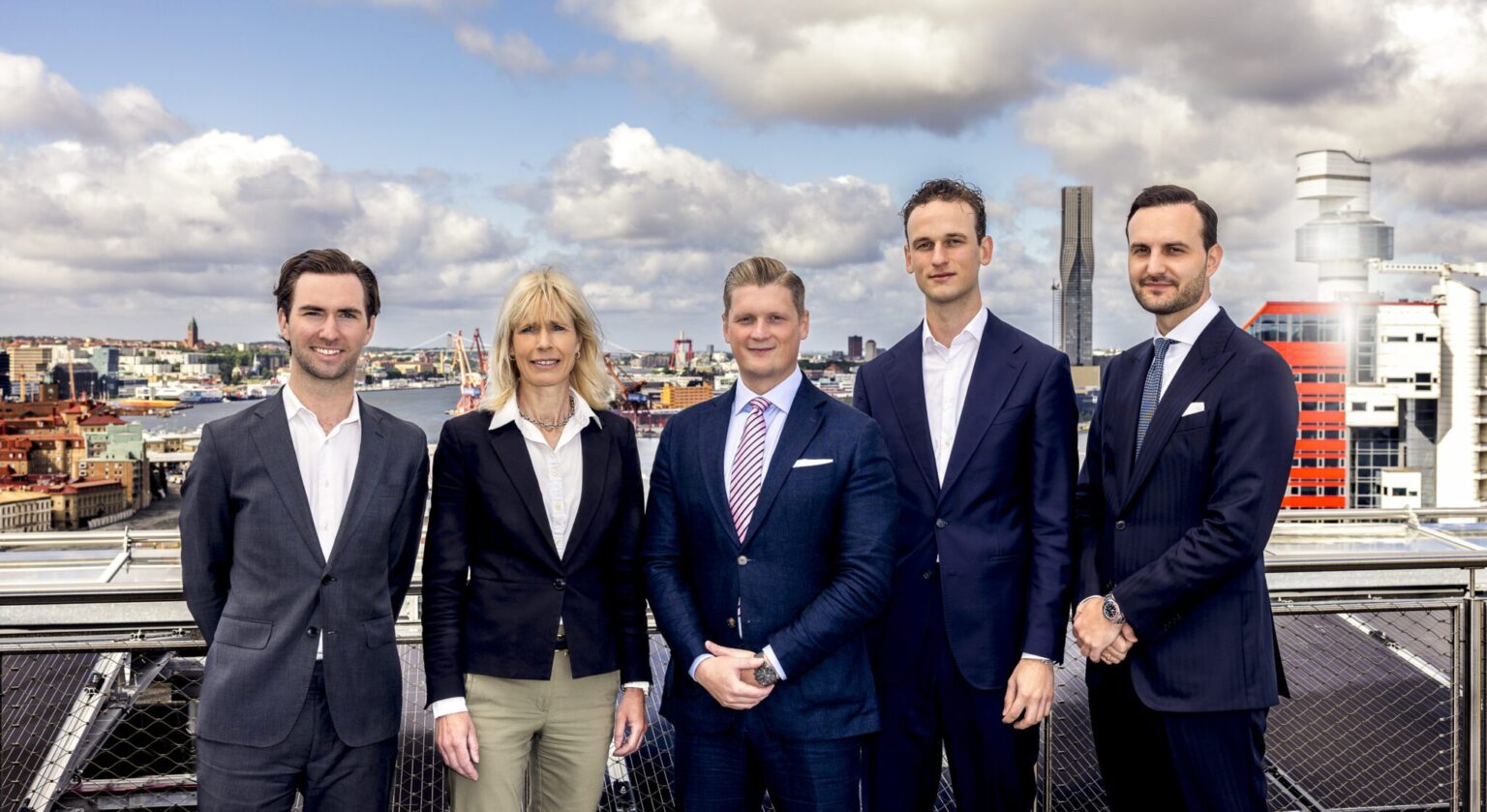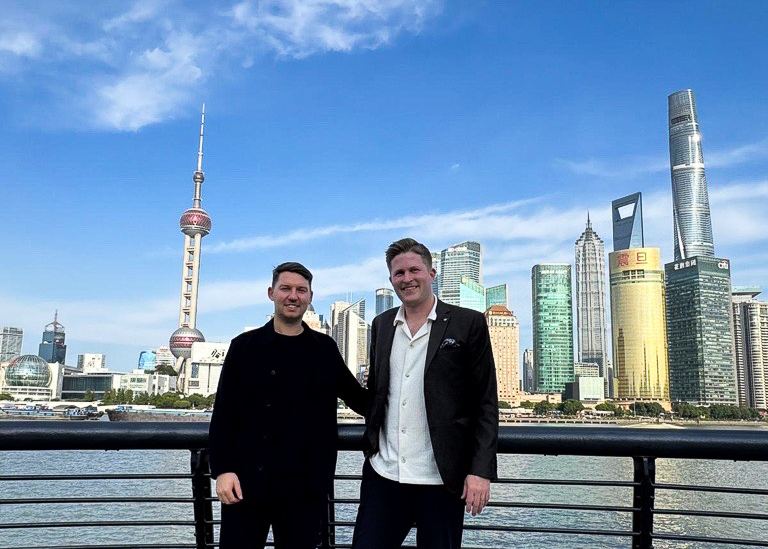Customers can book their ocean shipments using fully renewable fuel, liquefied biomethane, by utilizing a book and claim approach based on the amount of energy needed to transport our containers over the ocean. The fuel is certified by International Sustainability and Carbon Certification (ISCC), contains no feedstocks from the palm oil industry and reduces CO2 emissions per container by 100 per cent[1], compared with conventional fossil fuels.
Customers receive proof of the sustainable fuel purchase including an independently verified certificate on the realized CO2 reduction due to the fuel switch.
“We are very pleased to offer all our customers this opportunity. Through the simplicity of our offer, we create the conditions for increased use of biofuels and thus take an important step towards fossil-free shipping. This is entirely in line with our ambition to be one of the market’s most sustainable logistics options,” says Greencarrier’s Head of Sustainability, Patrik Westraeus.
The new service and product offering for renewable fuels was developed in collaboration with STX Group, a global leader in environmental commodities trading and climate solutions. STX Group has been at the forefront of energy transition for over 25 years.
“We are pleased to see the shift in the industry towards environmental fuels and applaud Greencarrier now offering this option to their customers,” commented Kevin Duisters, Global Head of Structured Carbon Trading at STX Group.
Liquefied biomethane, also known as LBM, is an established sustainable bunker fuel that can be net-zero emissions depending on the feedstock and is commercially available in Europe, Asia and North America. The biomethane is produced from sustainable biomass feedstocks such as industrial and agricultural waste streams that do not compete with food production. These are nationally or regionally defined, for example by the EU (RED II) in Europe and the EPA (Renewable Fuel Standards) in the USA.
Facts
About Maritime Biofuel Insets
Biogas is produced from residues from the agricultural sector. After upgrading, the fuel is distributed via the European gas network to terminals where it is converted into liquefied form (LBG). It is then transported for bunkering and used on ships.
About STX Group
STX Group is a leading global environmental commodity trader and climate solutions provider. For over 25 years, STX teams have continued to be at the forefront of the global transition towards a low-carbon economy. Leveraging our long-standing expertise in accurately pricing pollution and emissions, it helps cultivate trust in market-based solutions to the decarbonized economy.
Through STX Group’s trading and corporate climate solutions offerings, capitalflows to thousands of projects that make the world a greener place, while providing corporations with the certified proof-points of their contributions to environmental progress.
Headquartered in Amsterdam with offices in 13 countries worldwide, STX’s global team, inclusive of Vertis and Strive, comprises of over 500 employees of more than 60 nationalities.
For more information, please visit stxgroup.com
[1] Comparison of fuels include emissions from production and use of the equivalent amount of energy, so called Well-to-Wake (WTW).
In the picture from left to right: Jens Magnusson, Corporate Account Manager, STX Group, Anna Svensson, head of project management, Greencarrier AB, Patrik Westræus, head of sustainability, Greencarrier AB, Carl Otto Lindsjö, Sales Trader, STX Group, Sead Keric, Managing Director STX Group. Photograph: Carlo Baudone





